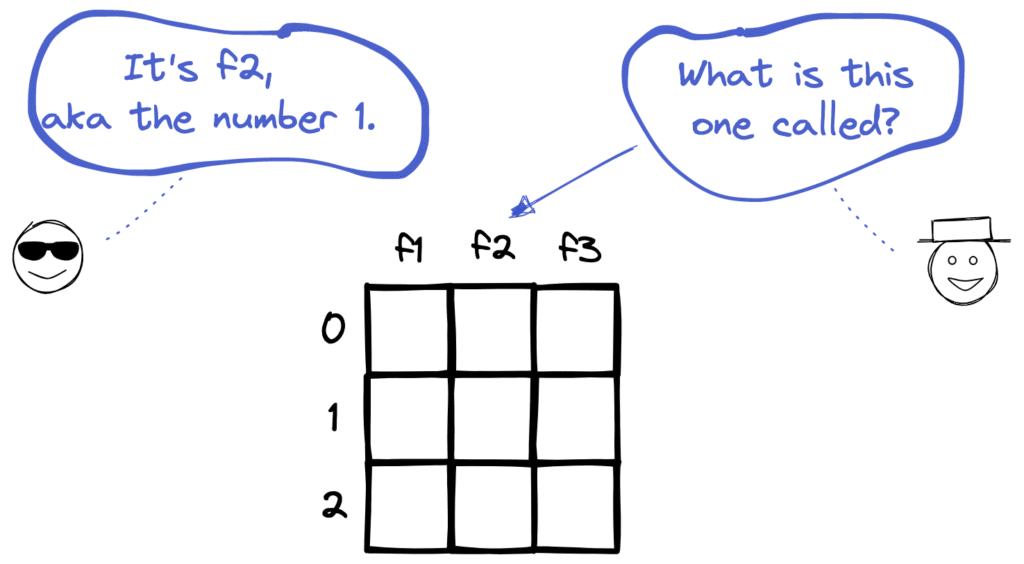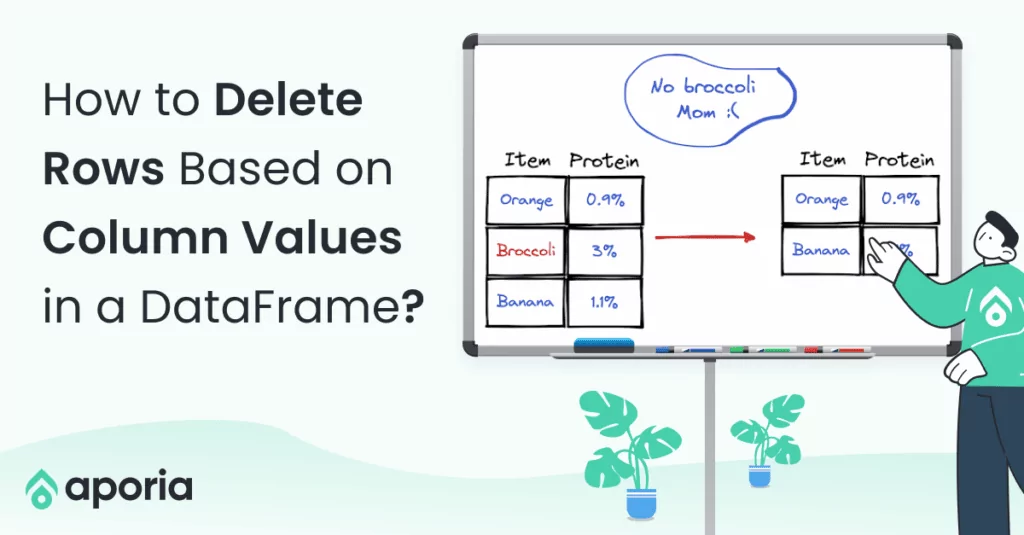
How to Build an End-To-End ML Pipeline With Databricks & Aporia
This tutorial will show you how to build a robust end-to-end ML pipeline with Databricks and Aporia. Here’s what you’ll...
Aporia has been acquired by Coralogix, instantly bringing AI security and reliability to thousands of enterprises | Read the announcement
The loc and iloc methods are used for accessing rows and columns in Pandas DataFrames. In this short how-to article, we will learn how these two methods are different.

Rows and columns have both an index and a label. The difference between the loc and iloc methods are related to how they access rows and columns.
# Second column with loc
df.loc[:, "f2"]
# Second column with iloc
df.iloc[:, 1]The value before the comma indicates rows to be selected and the one after the comma is for columns. The colon means selecting all.
We can also select particular row and column combinations with these methods.
# Select first row and second column with loc
df.loc[0, "f2"]
# Select first row and second column with iloc
df.iloc[0, 1]You may have noticed that the index and the label are the same for a row. The reason is that Pandas assigns integer labels to rows unless the labels are explicitly defined.
Both loc and iloc methods can be used to extract a range of row and column combinations.
# Select first two rows and first two columns with loc
df.loc[:1, ["f1", "f2"]]
# Select first two rows and first two columns with iloc
df.iloc[:2, :2]
This tutorial will show you how to build a robust end-to-end ML pipeline with Databricks and Aporia. Here’s what you’ll...

Dictionary is a built-in data structure of Python, which consists of key-value pairs. In this short how-to article, we will...

A row in a DataFrame can be considered as an observation with several features that are represented by columns. We...

DataFrame is a two-dimensional data structure with labeled rows and columns. Row labels are also known as the index of...
DataFrames are great for data cleaning, analysis, and visualization. However, they cannot be used in storing or transferring data. Once...

In this short how-to article, we will learn how to sort the rows of a DataFrame by the value in...

In a column with categorical or distinct values, it is important to know the number of occurrences of each value....

NaN values are also called missing values and simply indicate the data we do not have. We do not like...